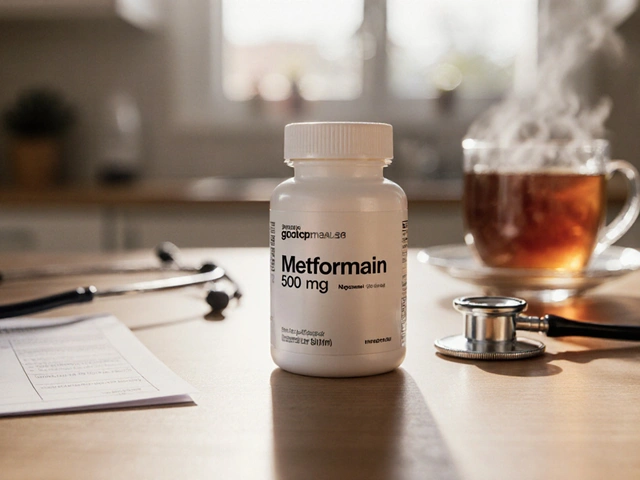Dopamine Agonist: What It Is, How It Works, and What It Treats
When your brain doesn’t make enough dopamine agonist, a type of drug that activates dopamine receptors to compensate for low natural levels. Also known as dopamine mimics, these medications help restore balance in brain circuits that control movement, mood, and reward. Unlike levodopa, which turns into dopamine after entering the brain, dopamine agonists bind directly to dopamine receptors—starting the signal without needing conversion. This makes them useful for long-term treatment, especially when levodopa starts losing effectiveness or causes side effects.
Dopamine agonists are most commonly used for Parkinson’s disease, a neurodegenerative disorder where dopamine-producing neurons slowly die off. They’re also prescribed for restless legs syndrome, a condition causing uncomfortable leg sensations and an urge to move, often worse at night. In some cases, doctors use them to lower high prolactin levels, which can cause infertility or unwanted breast milk production. These drugs don’t cure these conditions, but they help manage symptoms so people can move better, sleep more deeply, and feel more in control.
Not all dopamine agonists are the same. Some target specific receptor types—like D2 and D3—which affects how they work and what side effects they cause. Common ones include pramipexole, ropinirole, and rotigotine. Each has different dosing schedules, delivery methods (pill, patch, or extended-release), and risk profiles. Some people experience nausea, dizziness, or sudden sleep attacks. Others might develop impulse control issues, like compulsive gambling or shopping. That’s why starting low and going slow matters. Your doctor will adjust the dose based on how your body responds.
These drugs don’t work for everyone. Some people respond well for years. Others find the side effects too much or notice diminishing results over time. That’s why many treatment plans combine dopamine agonists with other meds, like levodopa or MAO-B inhibitors. The goal isn’t just to move better—it’s to live better. If you’re on one of these drugs, tracking how you feel day to day helps your doctor fine-tune your plan.
Below, you’ll find real-world comparisons of dopamine agonists with other treatments, insights into how they affect different people, and practical advice on managing side effects. Whether you’re newly diagnosed, adjusting your dose, or exploring alternatives, the posts here give you the facts without the fluff.
Bromocriptine as a Treatment for Chronic Fatigue Syndrome: Evidence & Guidelines

Explore bromocriptine's off‑label use for Chronic Fatigue Syndrome, covering its mechanism, evidence, dosing, safety, and how it compares to other treatments.
read more



